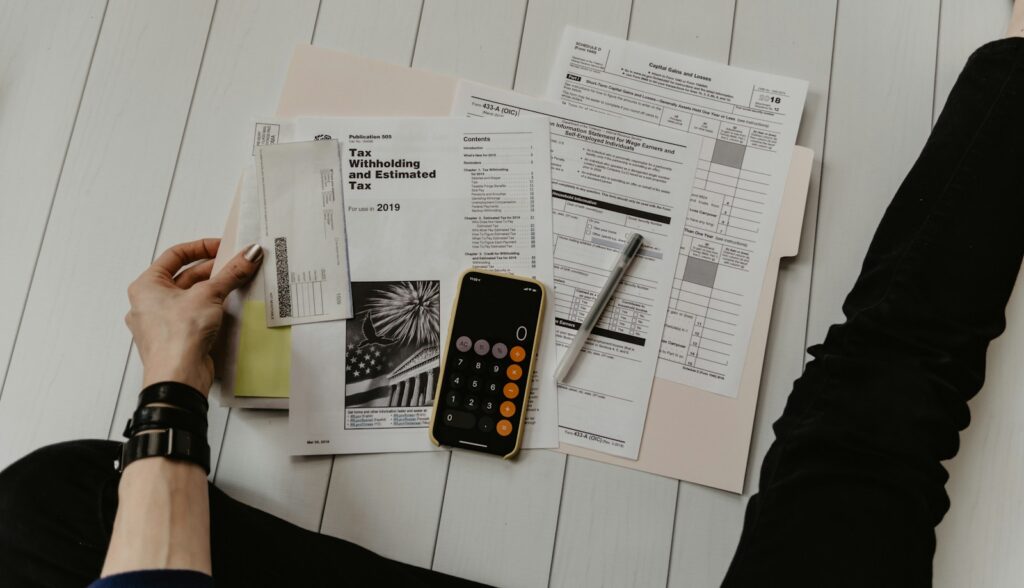Tax Tip – Five common mistakes to avoid at tax time!
OTTAWA, ON, Feb. 29, 2024 /CNW/ – At tax time, some of us may be excited to file an income tax and benefit return to receive a refund or benefit and credit payments. On the other hand, some of us may feel overwhelmed by the tax-filing process. The Canada Revenue Agency (CRA) understands, and we’re here to help.
Here’s a list of some of the most common mistakes we see at tax time. Avoiding these can save you time and help make the tax-filing process as simple as possible.
1. Not reporting all your income
Some sources of income might not even cross your mind as something you need to report on your tax return. Here are a few examples that you might not have been aware of, but need to report:
- tips and gratuities
- income from sales of goods or services if you are carrying on a business (such as side jobs)
- income from the platform economy, which includes ridesharing, accommodation sharing, gigs, peer-to-peer sales, and social media activities using digital platforms
- income from online business activities
- foreign income (including interest and other income from investments held outside Canada)
If you’re still not sure if you should report a source of income, go to All types of income.
2. Not keeping personal information up to date
If your personal information, like your address, phone number, children in your care, or marital status has changed recently, tell us right away. You don’t need to call us to make these changes. You can easily update your personal information online with My Account. By doing so, you’ll ensure you receive the correct benefits and credits and avoid payment delays.
3. Claiming personal expenses
If eligible, you can claim deductions, credits, and expenses to reduce the amount of tax you need to pay. However, you should keep in mind that not every expense can be claimed. Examples of expenses you can’t claim include:
- funeral and wedding expenses
- loans to family members
- a loss on the sale of personal-use property (like a principal residence or a personal automobile)
If we find a mistake or a claim that does not apply to your situation, we’ll adjust your tax return accordingly. However, interest may be charged, and penalties may apply. If you’re not sure if you can claim something, check out our All deductions, credits, and expenses page.
4. Writing the amount of your partial payment on your paper return
Do you file your tax return on paper? If you do, here’s a mistake you can avoid. If you’re only paying part of your balance owing, don’t write the amount you are paying on your paper tax return. The payment you send with your tax return will be counted as a payment towards your balance owing. It will show up as a “payment on filing” on your notice of assessment.
Remember, if you can only make a partial payment, you can set up a payment arrangement to pay the balance of your debt. A payment arrangement lets you make payments over time until you have paid your entire debt.
5. Not supporting income and expenses
Keeping good records helps you support your income and expenses. Reconciling your income with independent sources can help to ensure the accuracy of your records. Independent sources may include the following:
- T4 slips
- bank statements
- statements of earnings from other sources
- receipts from goods or service providers
We may ask for these if you are selected for a review of your tax return. Having good records on hand will make the process faster and easier.
How to change a tax return
Even with these tips, you could make a mistake on your tax return, and that’s okay! We have options that let you change a tax return that you’ve already filed, like Change my return and ReFILE. You can also submit a change by mail.
More information
When you’re filing your tax return, we hope these tips help you avoid mistakes and delays. If you still need more information, check out the Get ready to do your taxes page.
And if you need a quick answer to a question, you can use Charlie, our friendly chatbot. You can find Charlie on the CRA home page and on many of our other web pages on Canada.ca.
Learn more about the Canadian tax system
We have a free online learning tool to help you understand what taxes are, how to file a tax return, and what’s in it for you. We want to empower people to complete and file their own tax returns and to make sure they know about the benefit and credit payments they could be eligible for. We have five-minute lessons, fun quizzes, and quick videos on everything you need to know.
We also know that reading information on taxes can be a lot, so you can listen to Taxology too! Taxology is our new podcast where we’ll help you understand Canadian taxes and give tips and tricks to prepare for the tax-filing season.





